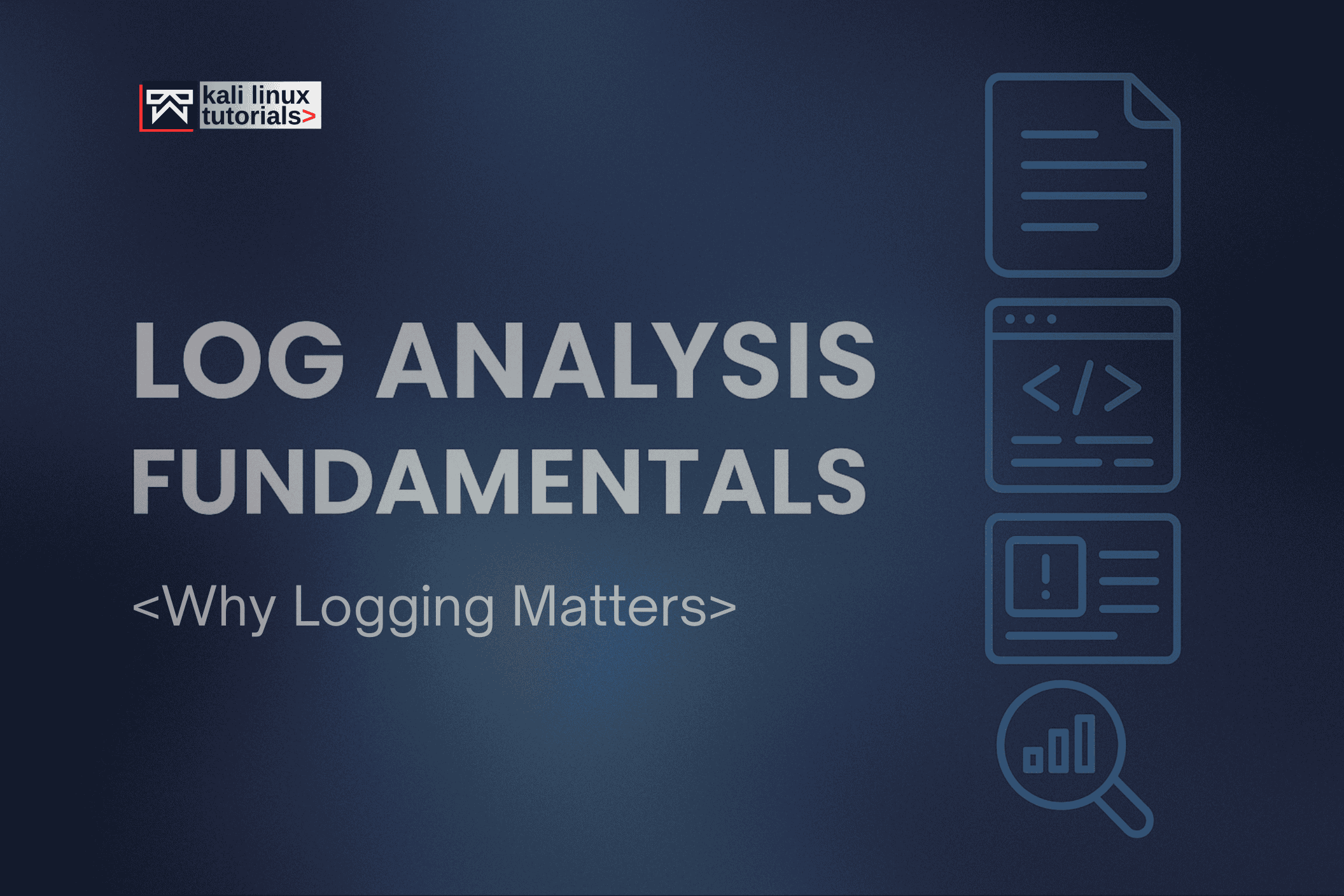In cybersecurity, a vulnerability refers to a flaw or weakness in a system, application, or network that attackers can exploit to gain unauthorized access or cause harm.
These vulnerabilities can stem from coding errors, unpatched software, misconfigurations, or even human errors. Identifying and addressing vulnerabilities is critical to maintaining robust security.
Types Of Vulnerabilities
- Software Vulnerabilities: Issues in code, such as buffer overflows, SQL injections, or outdated libraries.
- Network Vulnerabilities: Weak ports, misconfigured firewalls, or insecure protocols that expose networks.
- Human Errors: Phishing susceptibility or poor password practices.
- Hardware Vulnerabilities: Design flaws in physical devices like routers or USBs.
- Zero-Day Vulnerabilities: Exploited before the vendor releases a patch.
Role Of Vulnerability Assessment Tools
Vulnerability assessment tools are essential for identifying and mitigating risks before attackers exploit them. These tools scan systems, applications, and networks to detect weaknesses and provide actionable insights for remediation.
Key Functions Of Vulnerability Tools
- Scanning and Detection: Identify vulnerabilities across endpoints, applications, and networks.
- Risk Prioritization: Use scoring systems like CVSS to rank vulnerabilities by severity.
- Reporting: Generate detailed reports with remediation recommendations.
- Continuous Monitoring: Ensure ongoing protection against emerging threats.
Popular Vulnerability Tools
- Nessus: Known for its speed and accuracy in network vulnerability scanning.
- Qualys: Cloud-based tool offering scalability and real-time threat updates.
- OpenVAS: Open-source solution with extensive plugin support for customization.
- Burp Suite: Ideal for web application security testing.
- Acunetix: Focuses on web vulnerabilities with automated scanning capabilities.
Best Practices For Using Vulnerability Tools
- Regularly update tools to detect the latest threats.
- Integrate tools into the development lifecycle to identify issues early (shift-left security).
- Combine automated scans with manual reviews to minimize false positives.
- Prioritize patching based on severity and exploitability.
By leveraging these tools effectively, organizations can proactively manage vulnerabilities, reduce risks, and enhance their overall cybersecurity posture.











%20Works.png)




.webp)
